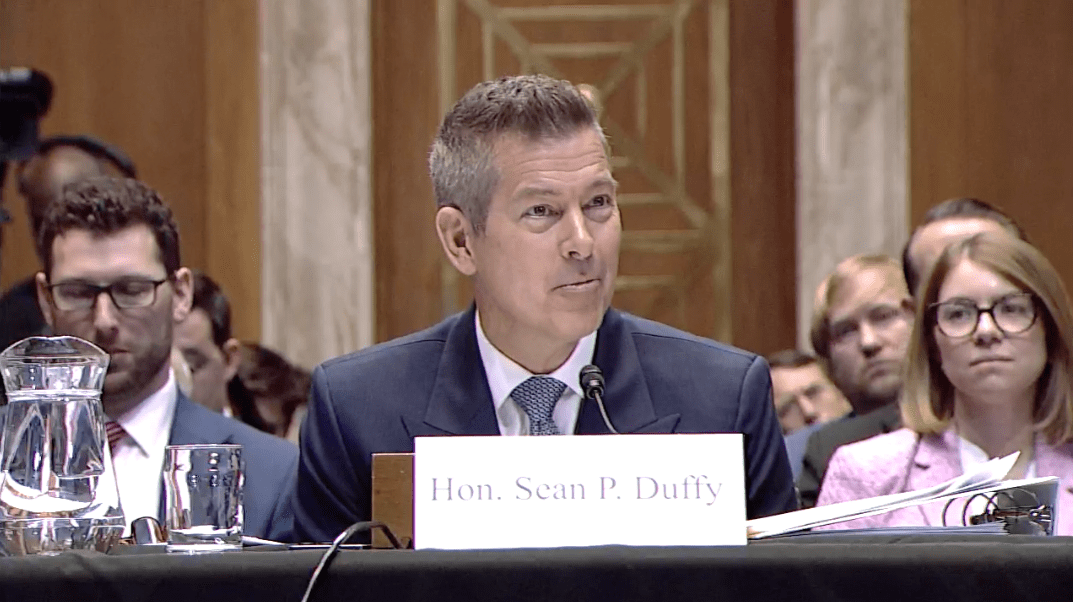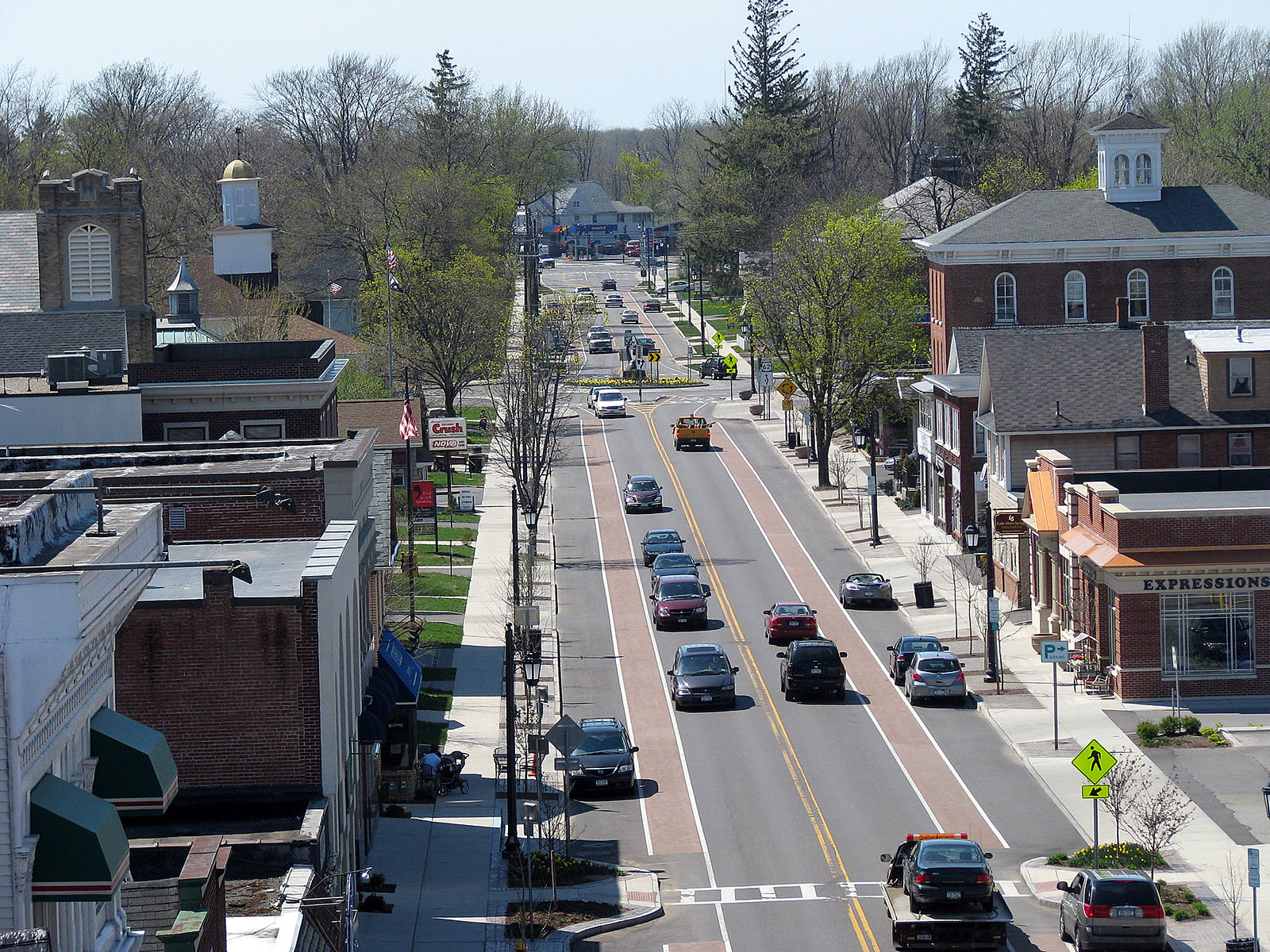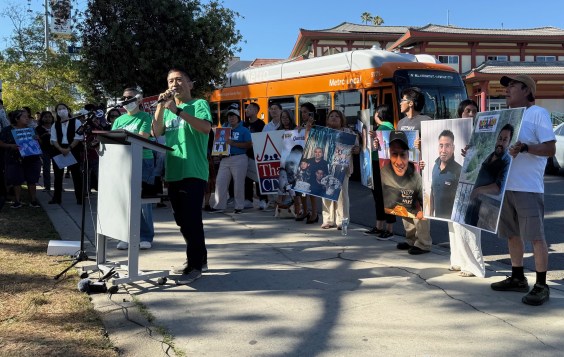Of all the unsustainable forms sprawl can take, one type stands out as the worst-of-the-worst: the leapfrog development.
In these cases, it's not enough for the developer to take advantage of cheap land on the region's periphery, while asking taxpayers to pick up the tab for new infrastructure.
Nope. This developer wants the uber-cheap land that is totally disconnected from the region's urbanized area altogether. They set out to take advantage of the natural beauty of unspoiled landscapes, meanwhile destroying them.
Well, we've got a good example for you today, from Network blog Stop and Move: A Fresno-area developer has proposed one of these destructive developments. The developer of "Millerton New Town" has selected a totally isolated location 12 miles from the city of Fresno for the site of a 2,800-home development.
The developer has defended his plans by saying Millerton New Town will be "self-sufficient" and will be occupied by retirees who won't commute to Frenso. Stop and Move author James Sinclair easily refutes these claims:
1) Why would someone want to retire in a car dependent exurb? Hospitals? 30 minute drive. Doctor? 30 minute drive. Friends and family? 30 minute drive. As people get old, they lose their ability to drive, and they become more reliant on doctors. Putting old people in an isolated rural subdivision? Bad idea. And assuming these are wealthy retirees, don't they want to dine at nice restaurants? Those are in Fresno. Don't they want upscale shopping? Fresno.
2) A self-sufficient community? So much laughter. 2,800 homes may be able to support a supermarket, a CVS, a few nail salons and Chinese take-out ... but people want more. People want to shop at Target, Best Buy, Costco, etc, none of which will EVER locate in a community of that size (they require much larger customer bases). People want a Cinema and bowling alley. People want a large selection of restaurants.
It's a shame that the developer is looking to profit by sticking thousands of people in a place that can't support them, with the assumption that the county and state will eventually drop millions in taxpayer money to fix the problems the community created (traffic, water issues). And it's a crime that the county approved the project, and threw out every plan and guide that supposedly was written to stop this kind of damaging sprawl. General plan? Not when short-term money is involved.
Check the whole post for an excellent use of Google Maps and Google Earth to bolster the case against this development.
Elsewhere on the Network today: Scaledown comments on the role of status-seeking on sprawling development in Windsor, Canada. Bike Portland has details about Mayor Sam Adams' collision with a cyclist yesterday. And Twin Cities Streets for People shares a fascinating video exploring the tension between cyclists, motorists and pedestrians.






